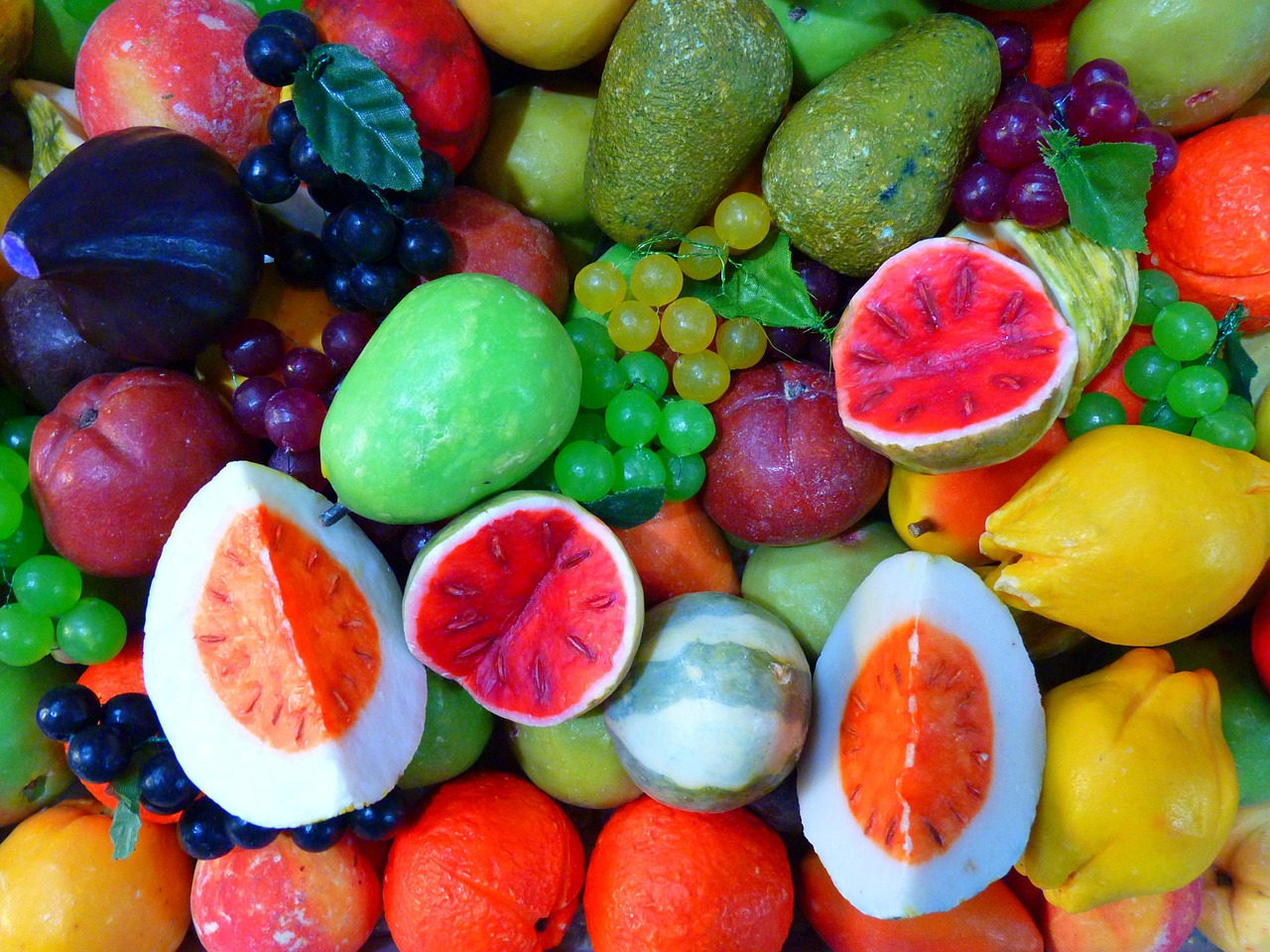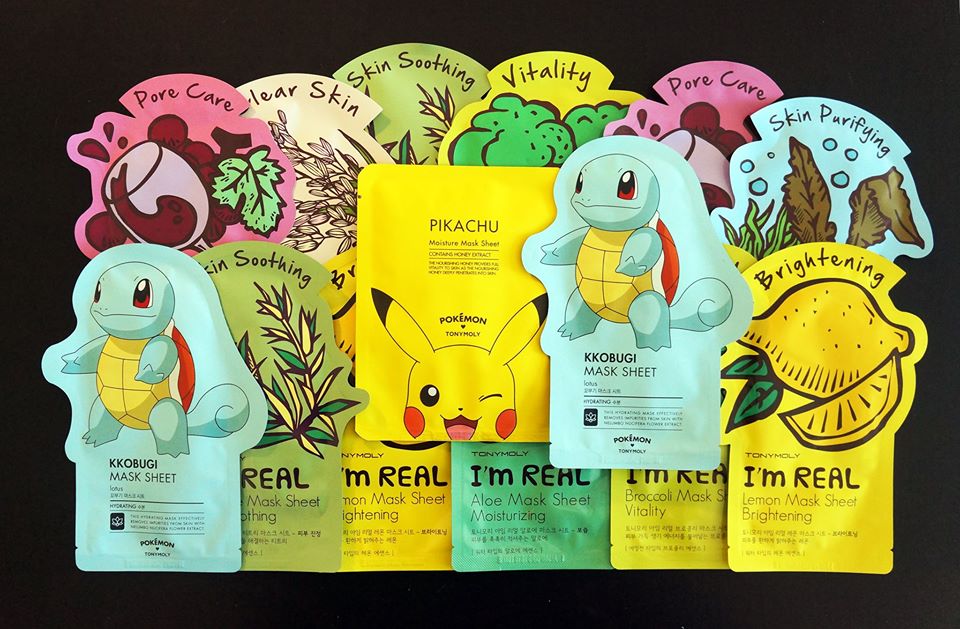Pollution is the enemy of your skin – what the world can learn from Korean sheet masks?
by Katja Monikainen, Aug 9th 2024

Your life is written on your skin, and it probably needs moisturizing. Consumers are more aware of skin health nowadays, as outdoor and indoor air pollutants are linked to skin problems. Anti-pollution cosmetics are becoming mainstream bringing new business opportunities for many.
Age spots, wrinkles, and premature aging can be caused by air pollution, several studies show. The beauty industry has already seen the need for solutions, and doctors warn that some skin care methods can cause even more damage than poisonous air. Anyhow, people are more and more willing to use anti-pollution cosmetics because they do not want to wear pollution on their faces.
Air pollution is not only a problem in Delhi, Beijing, or Shanghai but also in hundreds of smaller cities in the world.
There’s no quick fix. Prolonged or repetitive exposure to high levels of pollutants may have profound negative effects on the skin, according to a new study. Shortly we will see a flood of cosmetic products that – at least claim to – protect your skin against pollution.
South Korea is a fountain of beauty innovation
South Korea is one of the biggest beauty markets in the world. According to the international market research company Mintel, South Korea’s beauty market was approximately €12 billion in 2017. Essential ingredients of the Korean beauty market are fast-paced innovation and open-minded consumers. New products are flying off the shelves. Many companies claim that their products include something “botanical”, “organic”, “natural” or “herbal”, and it’s not just big words – cosmetic companies are developing eco-friendly processes and chains as well. In the past years, South Korea was known for cheap plastic surgery and cosmetic surgery tourism. Today K-Beauty is a broad term for all beauty products that derive from South Korea.

Massive opportunities in the sustainable beauty
The global beauty market is worth hundreds of billions of euros – and growing. There are several drivers for the growth; one of the most notable reasons is that many consumers are worried about the effects of air pollution.
Other countries have their strengths, too. For example, in Finland, bio-based ingredients are used in cosmetic products. A clean environment, arctic water, fresh plants, berries, and trees may help to solve skin problems in polluted cities of the world.
And again, the circular economy has the potential to make a difference because cosmetic products without sustainable processes are not the true solution. By creating new models, sustainability in the cosmetic industry can be more than just new packaging. However, it’s good to remember that greenwashing is a major challenge in the beauty industry, and that’s why genuine cross-industry collaboration is needed.
Beauty is more than what you see in the mirror
So… why K-beauty’s popularity is growing? It’s not all about trendy sheet masks or pure luck. Korean beauty products combine effectiveness, smart design, and affordable prices. Fun packaging is about reacting to changes with agility. From the viewpoint of K-beauty, Pokémon is more than a game. It’s the most effective way to get more clients right now.
Anyone familiar with marketing knows that branding is a long process. South Korea has strong experience in global branding. The rise of the country’s cultural economy is based on the Korean Wave (Hallyu, 한류), K-drama, and K-pop. K-pop culture is a huge industry and movement, especially in Asia, and K-beauty is closely linked to the music industry.
For example, K-pop culture has affected Korean men who are using skincare products more than anyone else in the world – up to 20% of the world’s sales! Attitudes can be changed.
One of the strengths is that K-beauty has deep roots in Korean society. These roots can be seen in several exhibitions around the world. The traditional cosmetics of Korea and exhibitions tell us that K-beauty is more than a trend. There are makeup tools and accessories from the Three Kingdoms period (57 BC – 668 AD), but for the K-beauty Wave, the tradition is just a small detail – not the main thing.
In Finland, we often refer to green forests when talking about natural, cosmetic products. It’s nice to say that, for instance, spruce resin may have healing powers. It’s a curiosity, but is it fun and interesting enough in the global beauty market? So far Lumene has most successfully productized and branded Finnish natural resources such as Sea Buckthorn (liquid gold), Pine bark Arctic Cloudberries, and even arctic pure spring water, but surely there is room for more Finnish products in global markets.
Jani Timonen